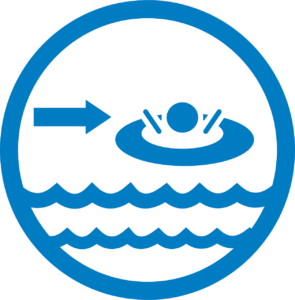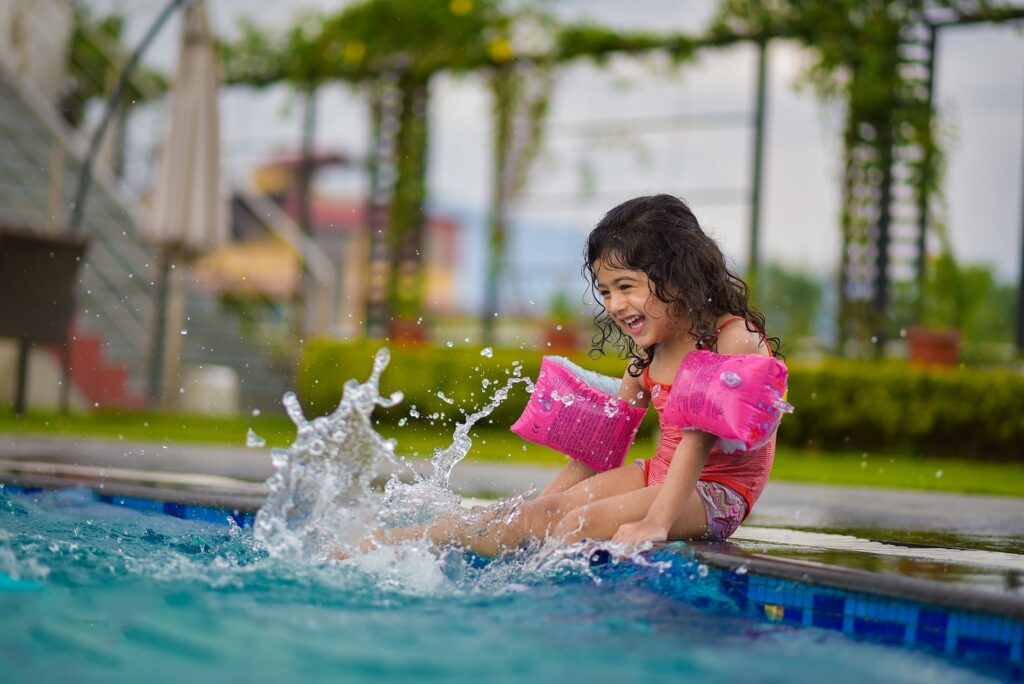Drowning is a tragic and all-too-common event that claims the lives of thousands of people each year around the world. The World Health Organization reports that drowning is the third leading cause of unintentional injury death worldwide, accounting for 7% of all injury-related deaths. While that number can be quite scary, the good news is that many drownings can be prevented with proper water safety knowledge, skills, and preventive measures.
In this article, we will discuss the different types of drownings and provide valuable water safety tips on how you can help prevent these tragedies from happening:
Types of Drownings
There are several types of drownings, and understanding these distinctions can help you better prepare for water safety and prevent drowning incidents. The main types of drownings are:
1. Wet Drowning
This is the most common form of drowning, where water enters the lungs and impairs the person’s ability to breathe. Wet drowning typically occurs when a person is submerged in water and cannot reach the surface for air.
2. Dry Drowning
In dry drowning, the person’s airway closes up due to a spasm, preventing water from entering the lungs. However, the lack of oxygen still leads to unconsciousness and eventual death. Dry drowning can occur even after a person has been rescued from the water, as the airway can close up several hours after the initial incident.
3. Secondary Drowning
This type of drowning occurs when a small amount of water enters the lungs, causing inflammation and the buildup of fluid. Over time, this fluid buildup can impair the person’s ability to breathe and lead to drowning. Secondary drowning can happen hours or even days after the initial water exposure.
4. Silent Drowning
Silent drowning refers to cases where a person drowns without exhibiting the typical signs of struggle or distress. In many instances, the victim may appear to be swimming normally before slipping beneath the water’s surface. Silent drowning often occurs in young children who have not yet developed strong swimming skills or in individuals who experience a sudden medical issue while in the water.
Preventing Drownings 
Preventing drownings involves a combination of knowledge, skills, and vigilance. Here are some crucial tips to help you prevent drownings in your community:
1. Learn to Swim
Ensuring that everyone in your family, especially children, learns to swim is one of the best ways to prevent drowning incidents. Swimming lessons can help individuals develop essential water safety skills and build confidence in the water.
3. Supervise Children Closely
Children should always be supervised by a responsible adult while in or around the water. Drowning can happen quickly and silently, so it’s vital to keep a close eye on children at all times.
4. Use Safety Equipment
When swimming or participating in water activities, always use appropriate safety equipment, such as life jackets, flotation devices, and pool fences or barriers. These tools can help prevent accidental submersion and provide added water safety for inexperienced swimmers.
4. Know the Water Conditions
Be aware of the water conditions and potential hazards in the area where you plan to swim. This includes checking for strong currents, rip tides, and underwater obstructions. Knowing this will help you prepare water safety techniques in advance. Avoid swimming in unfamiliar waters without first learning about the potential risks.
5. Learn CPR
Knowing how to perform cardiopulmonary resuscitation (CPR) can be lifesaving in the event of a drowning incident. Take a CPR course and ensure that other family members and caregivers also know this essential skill.
6. Educate Others
Finally, share your knowledge of drowning prevention and water safety with friends, family, and community members. The more people are aware of the risks and prevention strategies, the safer our communities will be.
Final Thoughts on Water Safety
Drowning is a preventable tragedy that affects thousands of lives each year. By understanding the different types of drownings and implementing preventive measures, we can help to reduce the number of drowning incidents and create safer environments for everyone to enjoy. Remember always to prioritize water safety and never assume that drownings can’t happen to you or someone you love.
Your Kids Urgent Care acts as a bridge between a child’s regular doctor and the Emergency Room. It provides an alternative for parents when their children fall ill during off-hours or holidays, so they don’t have to choose between going to the ER or doing nothing. If you are looking for urgent care for children in Largo, reach out to us today!



